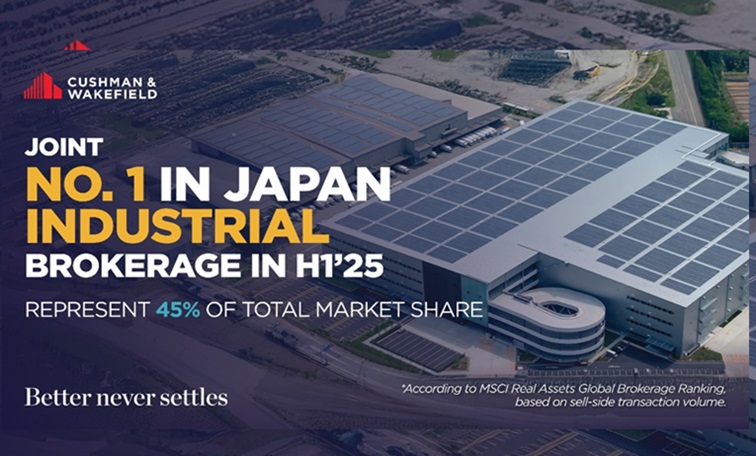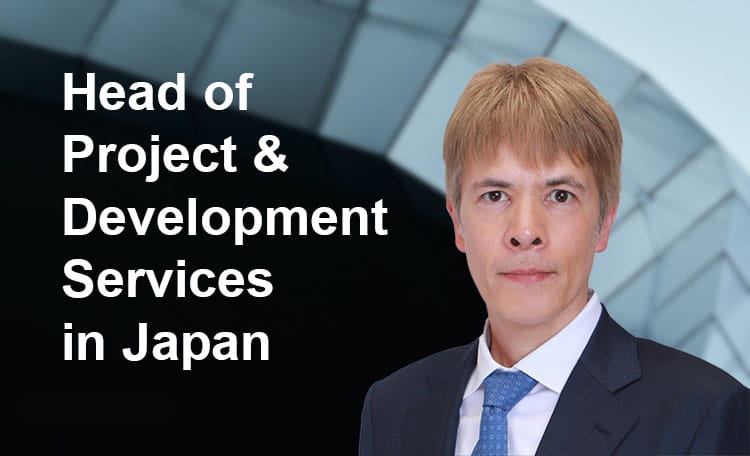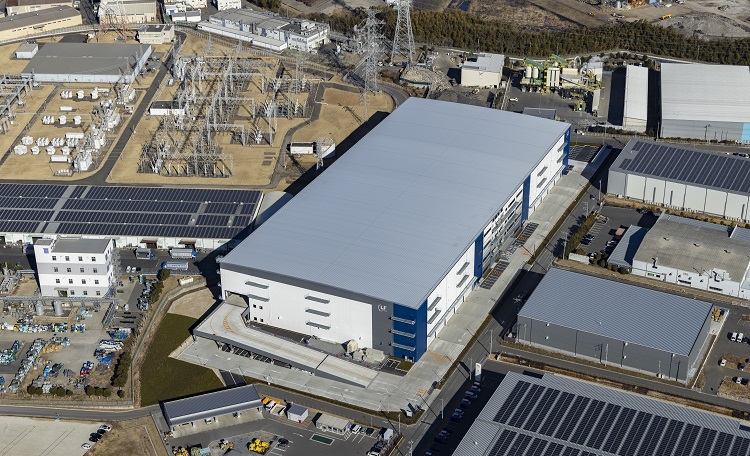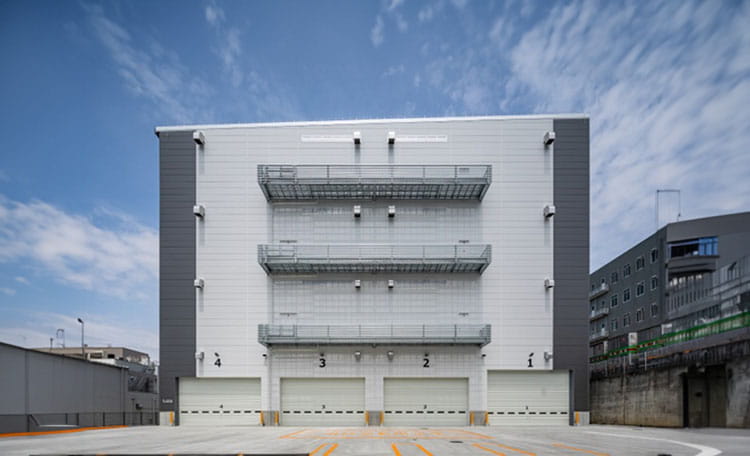
Find Press & News
Recent Press Releases
Cushman & Wakefield Names Matthew Bouw Chief Executive, APAC & EMEA
Cushman & Wakefield (NYSE: CWK) announced today the appointment of Matthew Bouw as Chief Executive, APAC & EMEA, effective from 1 May 2025.
Richard Coleman • 16/04/2025
FEATURED PRESS RELEASES

Cushman & Wakefield Australia Named Top Agency in Euromoney 2020 Real Estate Survey
Cushman & Wakefield (NYSE: CWK) announced today that the firm was named the world’s top commercial real estate advisor and consultant for the third consecutive year by Euromoney’s 2020 Real Estate Survey. Globally, the firm also garnered top spots for Property Valuation and Research for the third consecutive year, and No. 1 in Agency Letting/Sales for second consecutive year. The firm also claimed the No. 1 spot for Investment Managers.
14/09/2020

APAC Investment Volumes Down by 27 per cent year-on-year, But Pricing Remains Relatively Stable with Limited Signs of Distress
Rapid improvements in sentiment and investment appetite seen in key Asian markets since H1.
19/08/2020

China retains its top manufacturing hub position globally in terms of operating conditions and cost competitiveness
In its annual ranking of the most suitable locations for global manufacturing among 48 countries in Europe, the Americas and Asia Pacific, Cushman & Wakefield has assessed that China remains the most attractive manufacturing hub globally from an operating conditions and cost competitiveness perspective.
Chek Yee Foo • 01/07/2020

Investors Remain Positive on Mainland China’s Long-term Growth
Cushman & Wakefield’s 2020 Mainland China Commercial Real Estate Investor Intentions Survey report demonstrates strong investor confidence in the mainland China market, despite the Covid-19 outbreak.
19/03/2020

A Challenging 2020 Ahead in APAC Office Markets But Greater Opportunities for Some Occupiers
Markets with limited supply, such as Singapore, Taipei and Ho Chi Minh City will be less severely impacted from the outbreak
24/03/2020
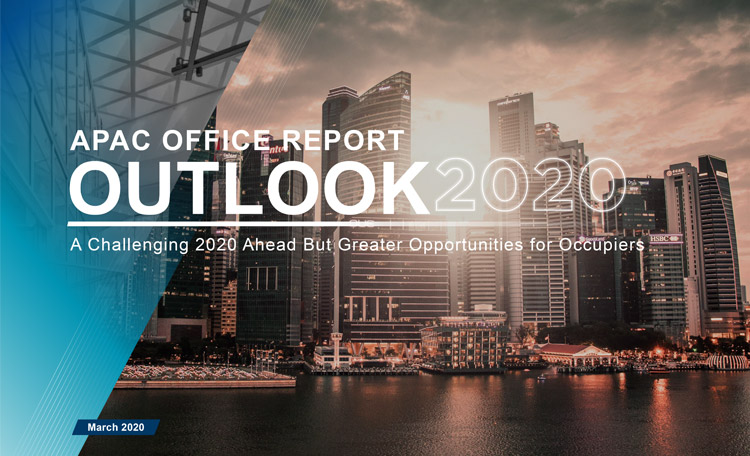
A Challenging 2020 Ahead But Greater Opportunities for Occupiers
Cushman & Wakefield has released their APAC Office Report: Outlook 2020, which has indicated greater opportunities for occupiers despite a challenging 2020 ahead resulting from the COVID-19 outbreak.
24/03/2020
GLOBAL PRESS RELEASES
RELATED INSIGHTS

Insights • Investment / Capital Markets
Cushman & Wakefield Webinar: Asia Pacific Capital Flows - Supply Chain Management
